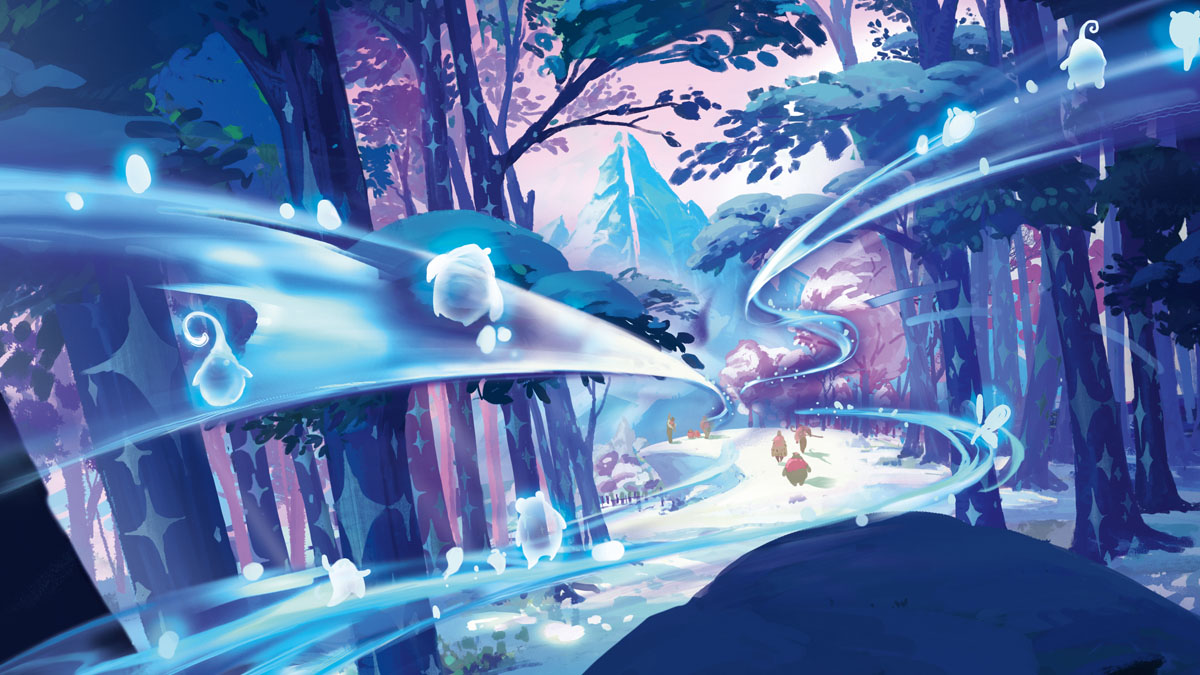
The Belisenki

Lore
February 19th, 2025
Reading time
393 AC
Those we call the "White Shadows" are now targeting our convoys. The first recorded attack came from a hunting party that had ventured into the tundra in search of game. The Belisenki appeared without warning, forcing the trappers to retreat, abandoning their supplies and equipment. Since then, incidents have been increasing, along with growing damage to our vehicles and installations. We do not yet know what has caused this sudden hostility, but what we can say is that their tactics—if we can even call it military strategy—resemble guerrilla warfare: ambushes, sabotage, and a persistent harassment campaign. The already harsh environment is now compounded by the constant fear of an attack. The Belisenki make expert use of their white downy fur to camouflage themselves against the snowy cliffs and trees.
Using the Skein, the Muna have attempted to negotiate with the Belisenki, but every diplomatic effort has so far ended in failure. It is as if they are protecting the mountain, preventing anyone from approaching. They are still relatively scarce in the tundra and taiga, but the closer the Corps get to the Cais Adarra, the more aggressive and dangerous they become. Under different circumstances, we might turn back and leave them in peace, but the Yzmir augurs sense the coming of a powerful wave of Tumult. We must find shelter and have no choice but to press forward and attempt to reach the safety of the Oasis. If only we could make them understand that we mean no harm…
![]()
Axiom zoologists have studied the remains of a Belasenka. Their resemblance to the order of Lepidoptera is striking, though their size far surpasses that of a simple moth. They can reach up to one hundred and fifty centimeters in height, with a wingspan of three to four meters, making them anything but harmless. Their bodies are covered in thick, fur-like down; they possess two pairs of wings with patterns mimicking stone and snow; and their feathery antennae can detect movement from kilometers away. The Belisenki also exhibit eusocial behavior, much like termites or bees. We have observed some acting as soldiers, while others serve as field medics, using their saliva as an antiseptic to treat their wounded.
We do not yet know the location of their main colony, but we suspect it lies deep within the mountain itself. If our theories prove correct, the species must be divided into castes. Some individuals likely focus on food gathering, while others care for their eggs—if that is indeed their method of reproduction. We also do not know whether they have a queen. What is certain is that their way of thinking resembles swarm intelligence. The Ordis have debated whether, by calling upon their Coalescence, they could link their minds to the Belisenki and establish some form of communication or at least gain an understanding of them. However, the Ordis hierarchy is reluctant to welcome an alien psyche into their Gestalt—an understandable and prudent hesitation.
The most unsettling aspect remains their ability to wield minor Alteration, which they use with remarkable force, manifesting snow, ice, and other cold-related weather phenomena. Fortunately, they seem to resort to this ability only as a last resort, as it appears to drain their life force. Some witnesses claim that an Axiom Reprocessor was entirely encased in ice after being attacked by a swarm of Belisenki. What were once sporadic skirmishes have, in the past few weeks, escalated into daily clashes. And I fear they will only continue to grow more frequent.
Logbook of Temera Singh
Grand Admiral of the Expeditionary Corps
February 21, 393 AC